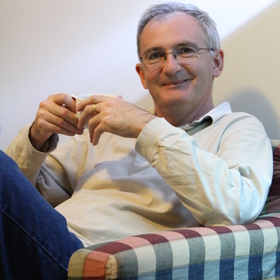
I am aware that many old schools have Rolls of Honour remembering those who you took part and died in World War I. Indeed my own former school Portora Royal School in Northern Ireland had one.
Glebe Superior Public School (now, I suspect due to the activity of an active PC lobby, plain Glebe Public School), in the inner west of Sydney is the first one I have come across that has an actual War Memorial of the type more generally found in the centre of towns and cities.
In 1914 when Britain went to war so did, by default, its colonies in Australia and elsewhere. Past pupils of the (primary) school answered the call of duty while current pupils and the teachers supported the war effort through war relief schemes, fund raising, making comforts for the Red Cross and continuing with the school cadets programme.
Between 1914 and 1918, 306 former pupils volunteered and served overseas. Sadly over 50 of those pupils died in Gallipoli, France and the Middle East.
The Maltby family lost three brothers while the Faerbers, Neaves and the Sharpes each lost two.
This memorial, dedicated on 18 October 1919, records the names of all those who volunteered for service. It was designed by William Martin (who also designed Glebe’s main war memorial) and paid for with a penny a week contributions by students at the time.
The memorial takes the form of a four metres high red polished marble plinth with the bust of an Australian digger (soldier), easily recognisable by his familiar slouched hat, on top. The column is adorned, about half way up with an Australian Imperial Force (AIF) badge and crossed flags.
The fresh poppies attached to the fence are a reminder that Australia has not forgotten the sacrifices of its youth, now over 100 years ago.
For the reader wondering why a school would include the word ‘Superior’ in its title, the reasoning is simple and nothing to do with it being pretentious or snobby. In the late 1880s schools with at least 20 students who had completed the ‘primary course of instruction’ were permitted to offer the “higher branches of education” and were designated a ‘Superior School’. It is interesting to note that the very poor, along with children deemed unruly and refused admittance to a public school, could attend the Glebe Ragged School. Agh – the days when a spade was called a spade!
Note: In Australia a Public School is what is referred to in the UK, for instance, as a Private School.
Off course the wealthy and well-to-do Protestants sent their sons to the Glebe Point Grammar School.
I have yet again digressed. The Glebe Superior Public School War Memorial is well worth a look and a moment or two’s reflection.
Address: 9 – 25 Derwent St
For my next SYDNEY – CITY – GLEBE review click HERE.
For other Sydney reviews click HERE.


